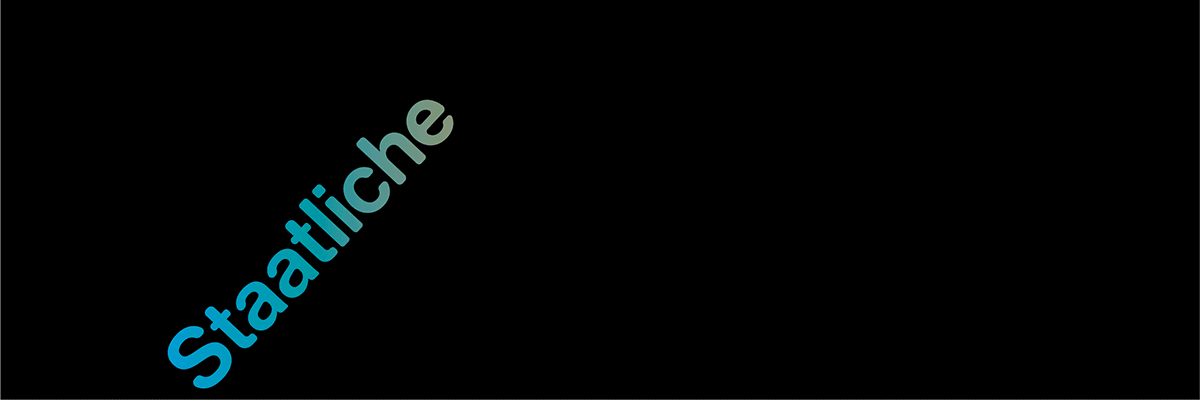
Clara Lena Langenbach
Fight or Flight
Project Info
- 💙 Kunstverein Gastgarten
- 💚 Anna Maria Linder
- 🖤 Clara Lena Langenbach
- 💜 Anna Maria Linder
- 💛 Jonas Mannherz
Share on

Fight or Flight, installation view, 2024
Advertisement

Fight or Flight, installation view, 2024

Fight or Flight, installation view, 2024

Freeze, 2024, clay, aluminium, glaze

Fight or Flight, 2024, Detail

Fawn, 2024, clay, aluminium, glaze, wall bar

Fight or Flight, 2024, Detail

Self 2-4, plexi, magnets, soot residue

Fight or Flight, 2024, Detail
The spine is the central support structure of the human body. It bears the weight of the head, neck, torso, and pelvis, enabling an upright posture. At the same time, it is responsible for the body’s mobility: its flexible vertebral joints and discs allow bending, stretching, twisting, and side tilts. The spine thus plays a crucial role in both stability and movement. Clara Lena Langenbach explores this duality in her artistic practice, focusing on ambivalent states that arise in moments of in-between: between movement and stillness, freedom and control, organic forms and rigid structures.
Langenbach treats the body as a malleable object, influenced, altered, or constrained by external pressures—whether physical or societal. Informed by her personal experience with scoliosis, the artist focuses on the motif of the spine, blending physiotherapeutic and sculptural techniques. An old self-help book on scoliosis treatment, kept by her parents since her childhood, becomes, years later, the starting point for artistic exploration as she processes her experience: the book's photos and instructions are digitized, edited with Photoshop’s repair brush, overpainted, cropped, and abstracted. Langenbach deliberately erases the spines, stripping the back figures of their anatomical clarity, thus revealing the vulnerability of the body. Through her artistic intervention, the original (X-ray) images blur into new hybrid forms, losing their meaning, spreading, and growing into the abstract. This process generates a bizarre yet poetic visual language, transforming personal experience into abstract, multi-layered forms while retaining the medical context. Langenbach’s engagement with medical processes runs as a continuous thread throughout her artistic practice, highlighting the fine line between natural corporeality and mechanical intervention. Her sculptures depict abstracted body fragments that suggest, but do not clearly define, the human form. The corset, used as an orthosis for stabilizing and correcting the spine, becomes a metaphor not only for physical limitation but also for society’s drive toward perfection and optimization. The combination of fragmented bodies and staged medical devices creates new body(-images) that suggest movement but are, in reality, restricted by their mechanical boundaries and rigid form. The interplay between body and material plays a key role here, where the boundary between the living, organic body and the cold, functional material becomes fluid. This leads to repurposing, shifting, and expanding: rigid corsets populate playground equipment, gridded cutting mats reflect the medical measurement of bodies, a blue curtain evokes clinical intimacy, and various sporting goods are modified with sculptural wax elements, drawing parallels between physiotherapy and sculptural practice, with a constant shift between warm bodies and cold machines.
Just as the spine embodies the balance between stability and mobility, Clara Lena Langenbach’s works balance the duality of freedom and restriction, nature and technology. She navigates the intersection of body, material, and social norms, making the contradictions embedded in them visible. By staging the ambivalence between organic forms and rigid structures, her works become border-crossers between restriction and freedom, dynamism and stillness, health and illness. With a combination of personal experience, medical methodology, and artistic abstraction, she creates works that connect like vertebrae, piece by piece, in a continuous sequence, ultimately presenting the body as both malleable and vulnerable. In searching for where the body begins and the machine ends, her work also raises the question of the boundary between medical necessity and the idea of bodily optimization. Langenbach’s art invites us to question the fine line between help and control, and to reflect on the influences that shape and constrain the body—and, ultimately, ourselves.
Anna Maria Linder




